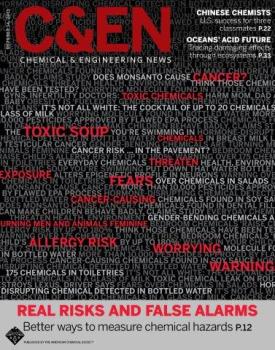Oct 18 2013
Concern over the safety of everyday household products, such as baby bottles and soaps, has spurred a wide-ranging research effort into predicting the health risks of tens of thousands of chemicals. That’s the topic of the cover story in Chemical & Engineering News, the weekly newsmagazine of the American Chemical Society.

Britt E. Erickson, C&EN senior editor, points out that the U.S. Environmental Protection Agency (EPA) is charged with overseeing the safety of chemicals in consumer products. It’s a monumental task — an estimated 80,000 chemicals are on the market in some form, whether in plastics, detergents, electronics or other items. But the agency is not alone in its efforts to understand chemicals’ hazards and people’s exposure to them. It relies on multiple sources to investigate chemical risks. In addition to its own computer programs that model toxicity and levels of human exposure, the EPA is weaving together massive amounts of data on consumer buying trends, as well as data from various laboratory tests.
The article points out that while a concerted push is underway, much remains to be done. Getting a handle on the levels of chemicals people are actually exposed to is in its infancy. Holes remain in understanding the science of toxicity — for example, scientists haven’t fully explored the molecular pathways involved in brain development and where chemicals might derail it.